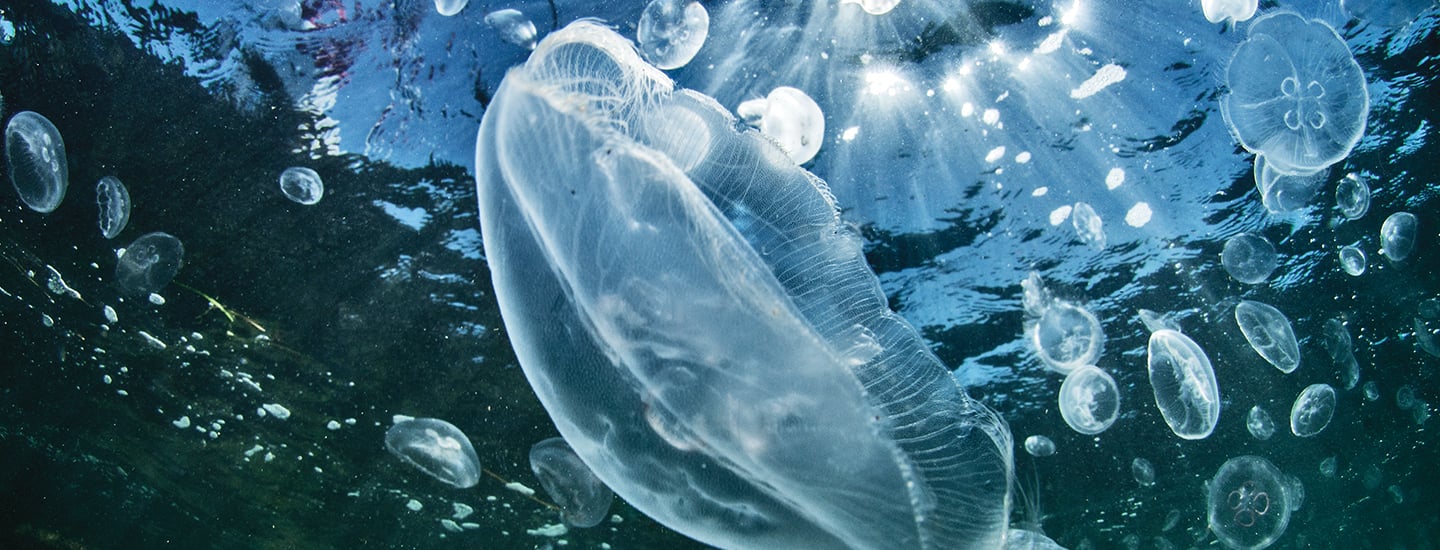What should have been a fun trip to the beach last June soon turned into a nightmare for thousands of visitors to Florida’s eastern coast. Over the course of two weeks, more than 3,000 beachgoers were stung by nettle and moon jellyfish. Luckily, no one was seriously injured. Although stings from these types of jellies can be extremely painful, they’re rarely deadly.
Last June, visitors flocked to Florida’s eastern coast. It should have been a fun trip to the beach. But it soon turned into a nightmare for thousands of people. More than 3,000 visitors were stung by nettle and moon jellyfish over a two-week period. Luckily, no one was seriously hurt. Stings from these types of jellies can be extremely painful, but they’re rarely deadly.

